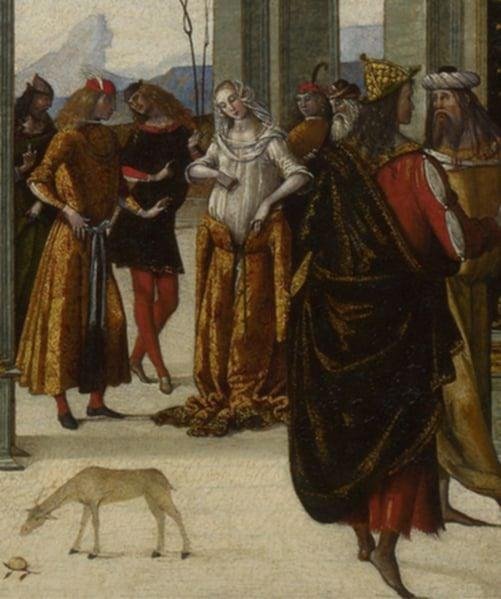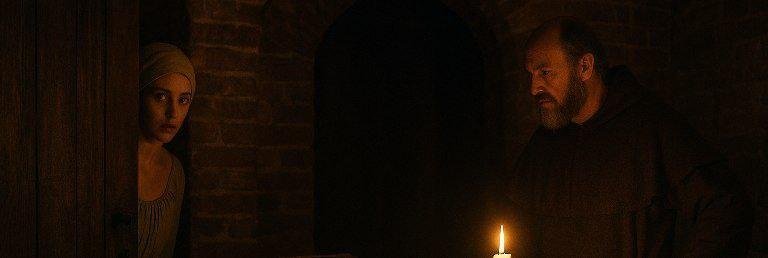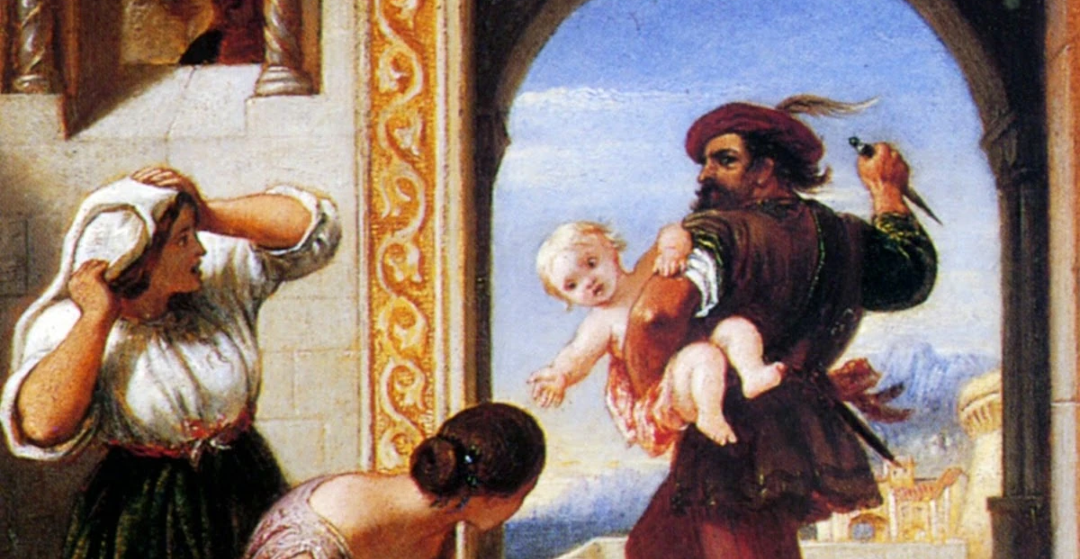The Many Lives of Alatiel: Illusion, Identity, and the Power of Reinvention”

Introduction
Giovanni Boccaccio’s Decameron is a treasure trove of human experience, filled with tales that balance morality, irony, and wit. One of the most striking stories, Day 2, Story 7, recounts the adventures of Alatiel—a Saracen princess who passes through the hands of multiple men across the Mediterranean yet ends up presented as a pure and untouched bride. This story not only highlights Boccaccio’s nuanced view of fate and fortune but also probes deeply into the nature of appearances, virtue, and identity in a patriarchal society.
Summary
Alatiel, the daughter of the Sultan of Babylon, is sent to marry the King of Algarve. However, her journey is disrupted when her ship wrecks, and she is taken by various men, passing from one to another due to chance, war, and desire. Over several years, she becomes a companion to numerous lovers, all believing themselves to possess her exclusively. Eventually, through a twist of fate and the careful manipulation of her story, she is returned to her father and then sent again to marry the King of Algarve—who receives her as a chaste and noble virgin, unaware of her tumultuous past.
Analysis
Alatiel’s tale is layered with irony and commentary on social expectations, especially those surrounding female virtue. Her journey is marked by loss of control and repeated objectification, yet her eventual restoration to royal purity challenges the notion that a woman’s worth lies solely in her sexual history. Boccaccio plays with the dissonance between appearance and reality: though Alatiel has lost her virginity many times over, she is still celebrated as a “pure” woman because that is the image crafted for her. The story reveals how narratives—especially those controlled by men or manipulated for political advantage—can redefine identity entirely.
Moreover, the tale critiques the double standards of medieval morality. Men’s sexual conquests are expected or praised, while women are held to rigid standards of chastity. Alatiel survives not because she conforms, but because she learns to navigate and perform within the confines of societal expectation. In a subtle way, Boccaccio gives her agency—not through control of her body, but through her ability to reinvent herself and adapt.
Personal Response
Alatiel’s story left me conflicted. On one hand, I felt deep sympathy for her, a woman constantly passed around as a possession, with little say in her fate. Yet I was also impressed by the way she emerges at the end as a seemingly triumphant figure—not ruined by her experiences, but elevated by a well-crafted story. It made me think about how much of identity is perception, and how social roles, especially for women, are often built on fragile illusions. Even today, the tension between private truth and public image is painfully relevant, especially in the age of curated social media personas. Alatiel may be a medieval character, but her dilemma feels surprisingly modern.
Conclusion
The story of Alatiel is more than a sensational tale of seduction and survival—it is a meditation on reputation, reinvention, and the power of storytelling. Boccaccio challenges the rigid moral codes of his time, suggesting that truth is often less important than perception, and that identity can be rewritten when society is willing to believe in the illusion. Alatiel’s journey, full of tragedy, irony, and quiet resilience, stands as a testament to the enduring complexity of the human experience and the roles we are forced—or choose—to play.







